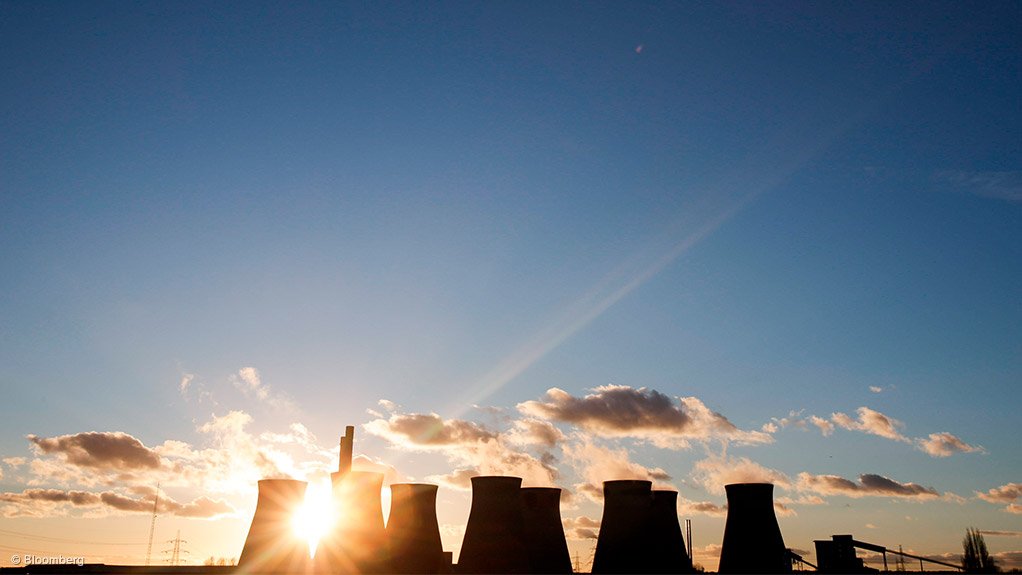PERTH (miningweekly.com) – The Minerals Council of Australia (MCA) has made a case for high-efficiency, low-emission (HELE) coal technology, echoing calls by Prime Minister Malcolm Turnbull that clean-coal technologies should be considered in the future of Australia’s electricity sector.
Turnbull recently said more focus should be given to clean-coal technologies, and that both coal and natural gas have a continued and significant role to play in Australia’s energy future.
In a report released on Thursday, the MCA noted that coal and gas technologies remain the lowest cost to build and operate, while some A$2.5-billion of new investment in large-scale renewables would be required every year between now and 2020, to meet the 33 GWh renewable-energy target set by government.
The report, ‘New Generation Coal Technology’, pointed out that coal remains Australia’s primary source of dependable, low-cost electricity, having accounted for some 63% of generation in 2014/15.
The MCA noted that while the coal fleet is ageing, there is an opportunity to improve the efficiency and lower emissions as part of the national effort to meet its climate change obligation, adding that simply refurbishing existing stock with HELE-grade componentry and systems could cut some 12% of current emissions.
Data also suggested that replacing the existing coal-fired power fleet with ultra-supercritical technologies could cut emissions from coal-fired power generation by between 21% and 34%.
“If Australia’s current coal fleet of subcritical and supercritical power stations were replaced with ultra-supercritical technology today, emissions could be 21% to 27% lower. If replaced by advanced ultra-supercritical technology, emissions could be 27% to 34% lower,” the report found.
The MCA on Thursday said the key to a reliable electricity supply is ensuring that there is a prudent energy mix that avoids over-reliance on weather-dependent nonsynchronous sources.
“Clearly, recent events in South Australia demonstrate what happens when a dogged pursuit of one generation type is pursued,” MCA executive director for coal Greg Evans said.
The report notes that supercritical and ultra-supercritical plants have already reduced global output of carbon dioxide (CO2) emissions by over one-billion tonnes since 2000, and pointed out that building more HELE plants that would improve the global efficiency rate of coal generators from 33% to 40% would reduce CO2 emissions by two-billion tonnes a year.
“With over 1 000 HELE units are already operating around the world and more than 1 200 are planned or under construction; there are no barriers to the construction of a HELE plant in Australia,” Evans said.
“Australia is the world’s largest exporters of coal and with substantial reserves of high-quality coal, it would be negligent not to take advantage of this resource to lock in our competitive advantage from a reliable and inexpensive supply of electricity.”
Edited by: Chanel de Bruyn
Creamer Media Senior Deputy Editor Online
EMAIL THIS ARTICLE SAVE THIS ARTICLE
ARTICLE ENQUIRY
To subscribe email subscriptions@creamermedia.co.za or click here
To advertise email advertising@creamermedia.co.za or click here













